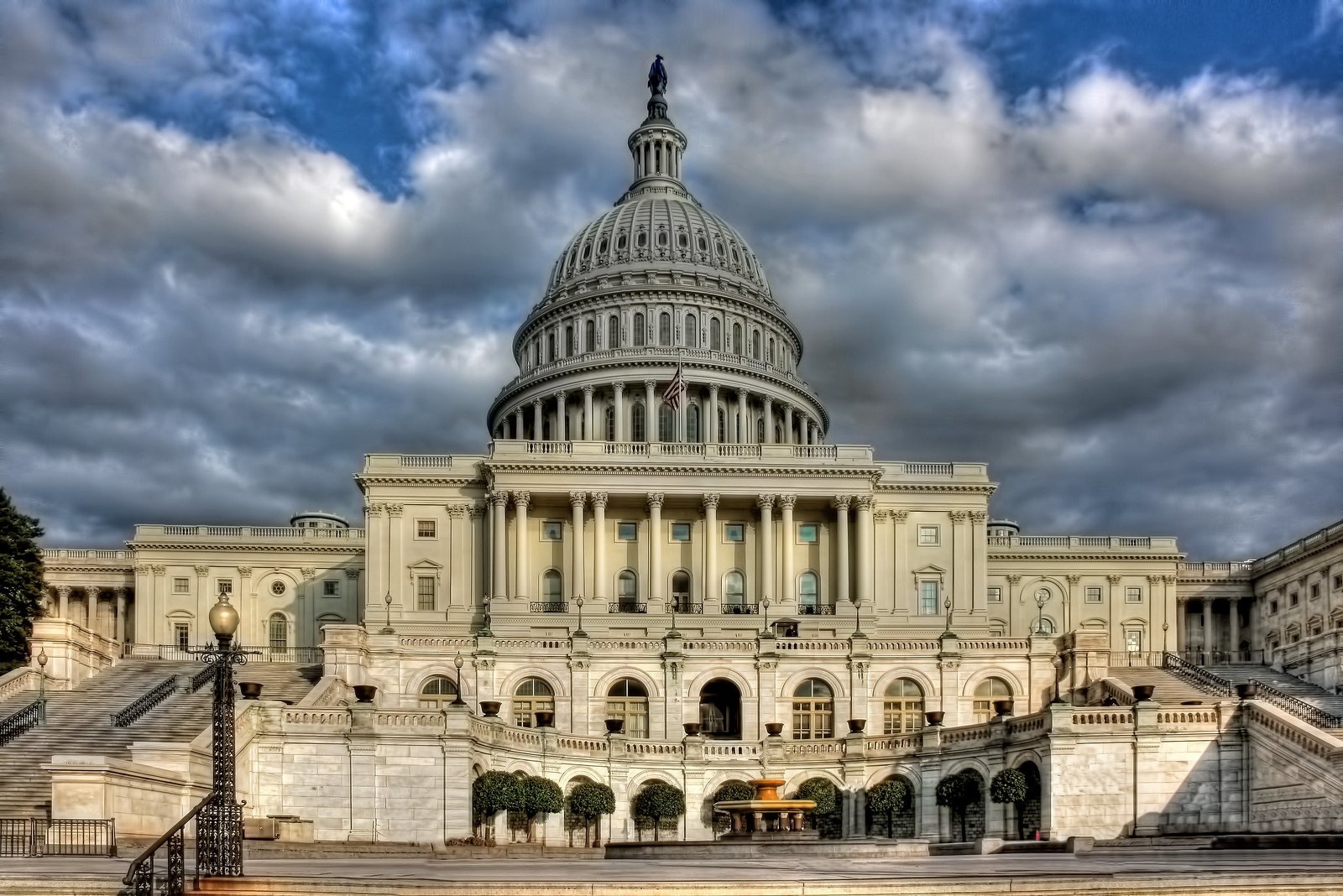
The United States national debt has crossed the $38 trillion mark, a historic milestone that comes amid ongoing concerns about government spending and fiscal management.
The Treasury Department’s daily updates showed that federal debt per citizen now exceeds $110,000, reflecting the nation’s mounting financial obligations.
Rising interest costs add pressure
Experts have warned that the rapid accumulation of debt is leading to ballooning interest payments.
Michael A. Peterson, CEO of the Peter G. Peterson Foundation, noted that interest costs are now the fastest growing part of the federal budget. He explained:
“We spent $4 trillion on interest over the last decade, but will spend $14 trillion in the next 10 years. Interest costs crowd out important public and private investments in our future, harming the economy for every American.”
The Congressional Budget Office recently estimated that net interest payments on the public debt reached $1.03 trillion in fiscal 2025, surpassing the $1 trillion level for the first time.
Deficit remains historically high
The federal budget deficit for fiscal 2025 is estimated at $1.8 trillion, about 6% of GDP—a ratio rarely seen outside major crises.
According to Cato Institute’s Romina Boccia, the current pace of debt growth is typically only seen during emergencies such as the Great Recession or the COVID-19 pandemic.
Political gridlock and spending challenges
Lawmakers remain divided on how to address the debt.
Despite calls for spending cuts and bipartisan fiscal commissions, there is little political will to reverse the trend. Mark Hamrick of Bankrate stated:
“Essentially, Congress has been spending as if there is no tomorrow, and there is literally a bill to be paid for that.”



